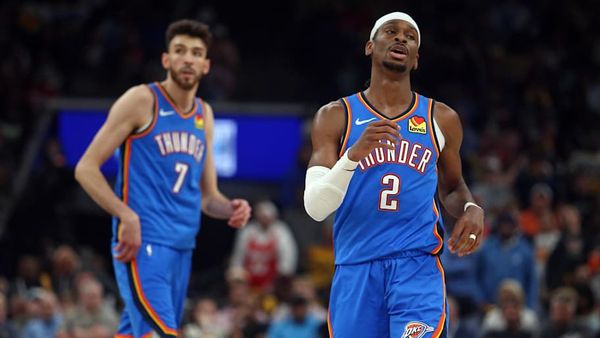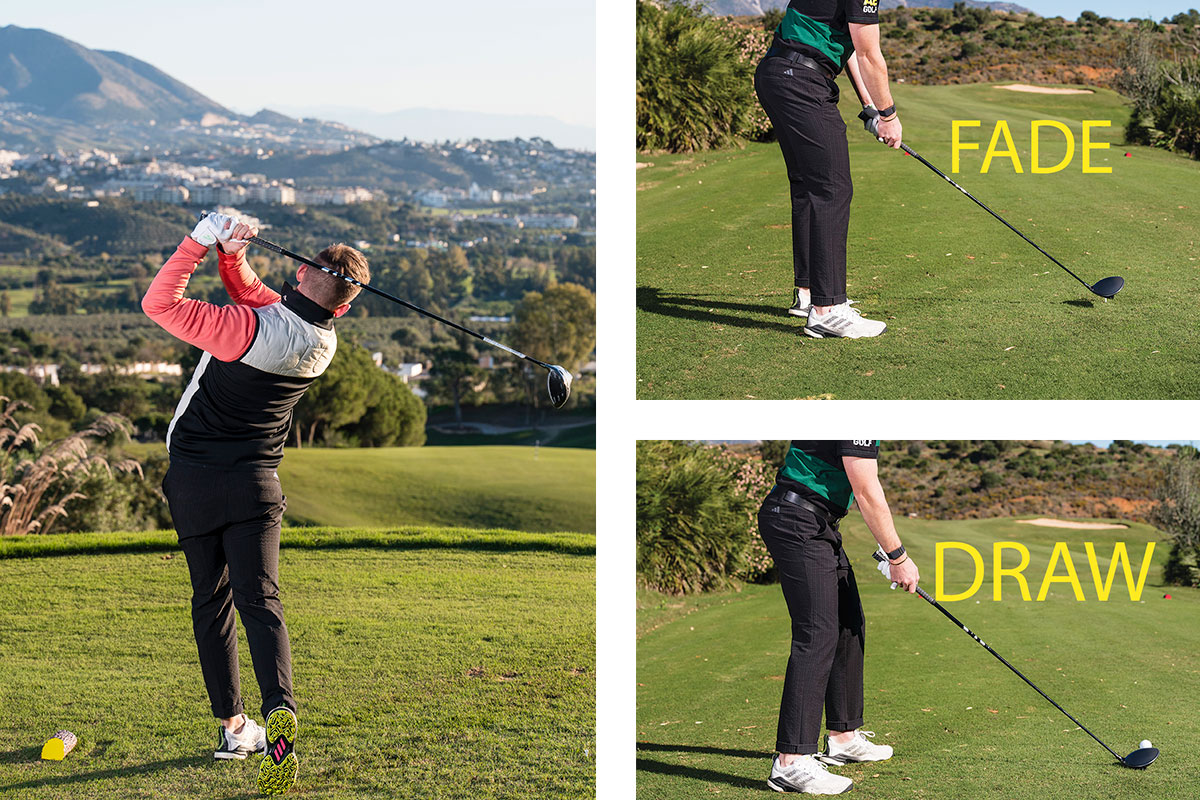
Some of the best golfers in the world are able to hit draws and fades with ease, shaping their ball flight in both directions to access even the toughest pins and fairways on a golf course.
That skill isn't reserved for the game's elite, however, as I learned in a recent rendezvous with Golf Monthly Top 50 Coach Alex Elliott.
Alex has an impressive social media following and a brilliant reputation in the game, allowing him to utilise his impressive reach and extensive coaching expertise to help golfers of all abilities to shoot lower scores.
When we met up, he shared a foolproof formula for success when trying to shape the ball, and I couldn't believe how easy it was to understand.
Get your clubs, get down to the range and grab some golf balls... you are going to want to try this!
How To Hit Draws And Fades: A Foolproof Formula
Before we get into Alex Elliott's fantastic tips for how to hit fades and draws in golf, I wanted to clear up a few questions you may have around the terminology.
What Is A Draw Shot In Golf?
Golf Monthly's instruction writer, Barry Plummer, says:
For a right-handed golfer, a draw is when they intentionally start the golf ball to the right of the target, with a right-to-left shape that eventually brings the ball back towards the target.
For a left-handed golfer, the opposite is true with the ball starting to the left of target with a left-to-right shot shape.
This is different to hooking the ball, which is often caused by a number of common faults.
What Is A Fade Shot In Golf?
Golf Monthly's instruction writer, Barry Plummer, says:
A right-handed golfer hits a fade when they start the golf ball to the left of the target, with a left-to-right shape that curves the trajectory of the ball back towards the target - which on a par-3 hole could be the flag.
For a left-handed golfer, again the opposite is true, with a right-to-left shot shape being seen.
This is different to slicing the ball, which is a severe right-to-left shot that finishes way right of target and is something many high-handicappers struggle with on the golf course.
Impact Factors
In order to hit draws and fades, you must first understand impact factors.
To hit a fade, you need a club path that is travelling out to in relative to target and a face that is open to that club path, but not pointing right of target.
So at set-up, the face has to point between your target line and where you are swinging, which is the club path. If you then strike the ball out of the middle of the club, it will start left and fade back towards the target.
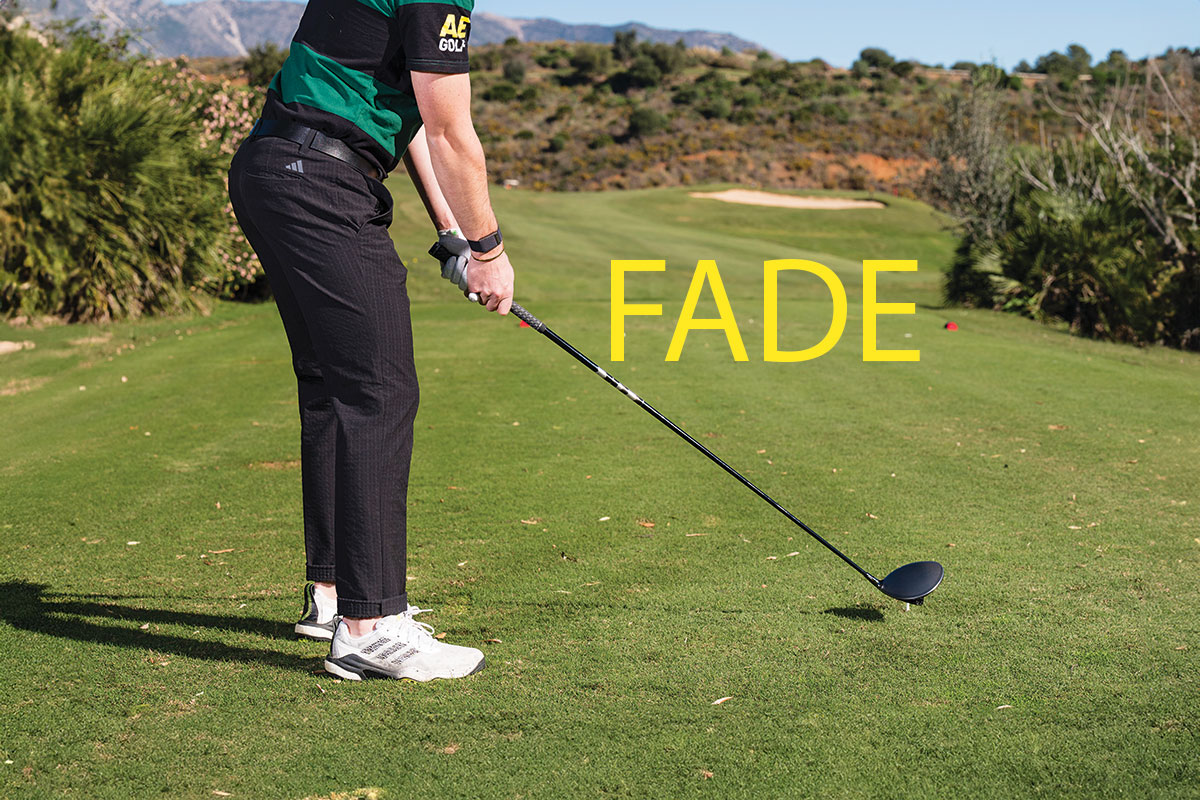
To hit a draw, you instead need an in-to-out club path relative to target and a face that is closed to your path, but pointing right of target. Again, at set-up, the face should split the difference between target line and club path.
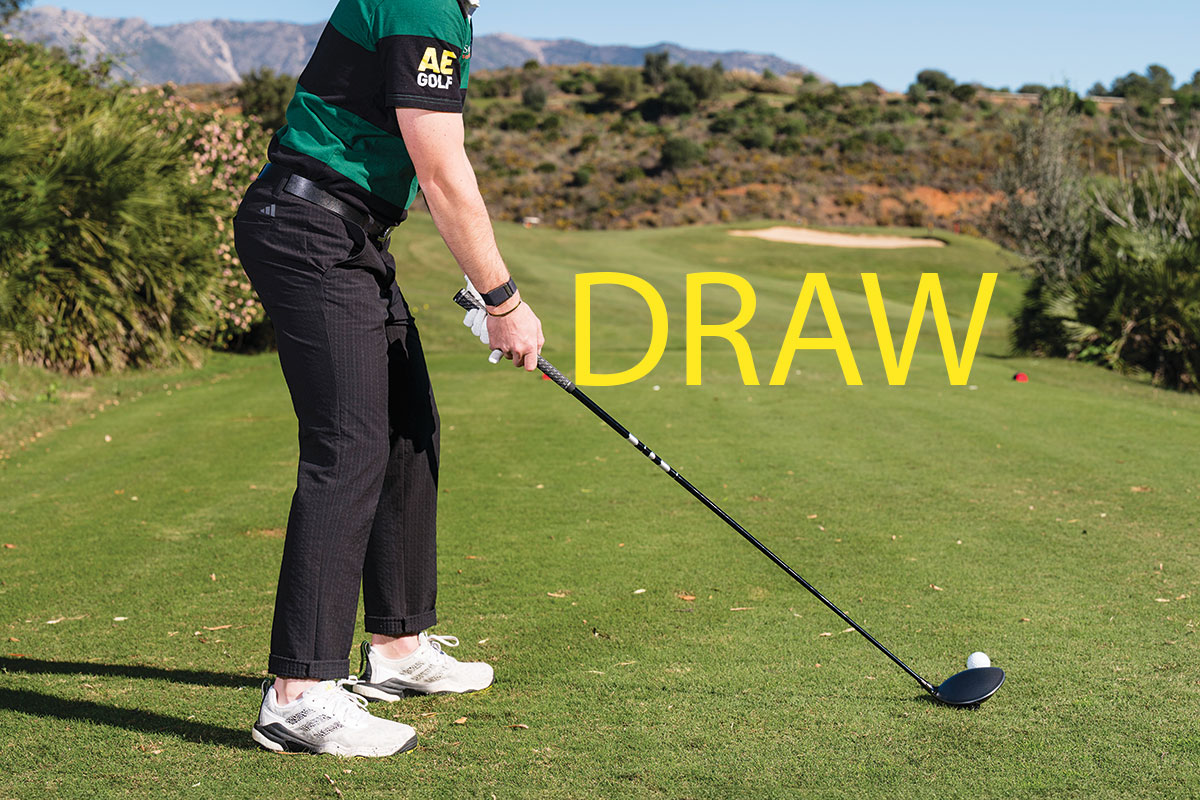
Grip
The perfect golf grip also plays a huge role in your ability to shape shots, as it’s your only point of contact with the club.
For a fade, your hands should rotate more to the target side, with around two knuckles showing on the lead hand as you look down.
For a draw, your hands should rotate more to the right, showing two-and-a-half to three knuckles, with the line between thumb and forefinger on your lead hand pointing outside your trail shoulder.
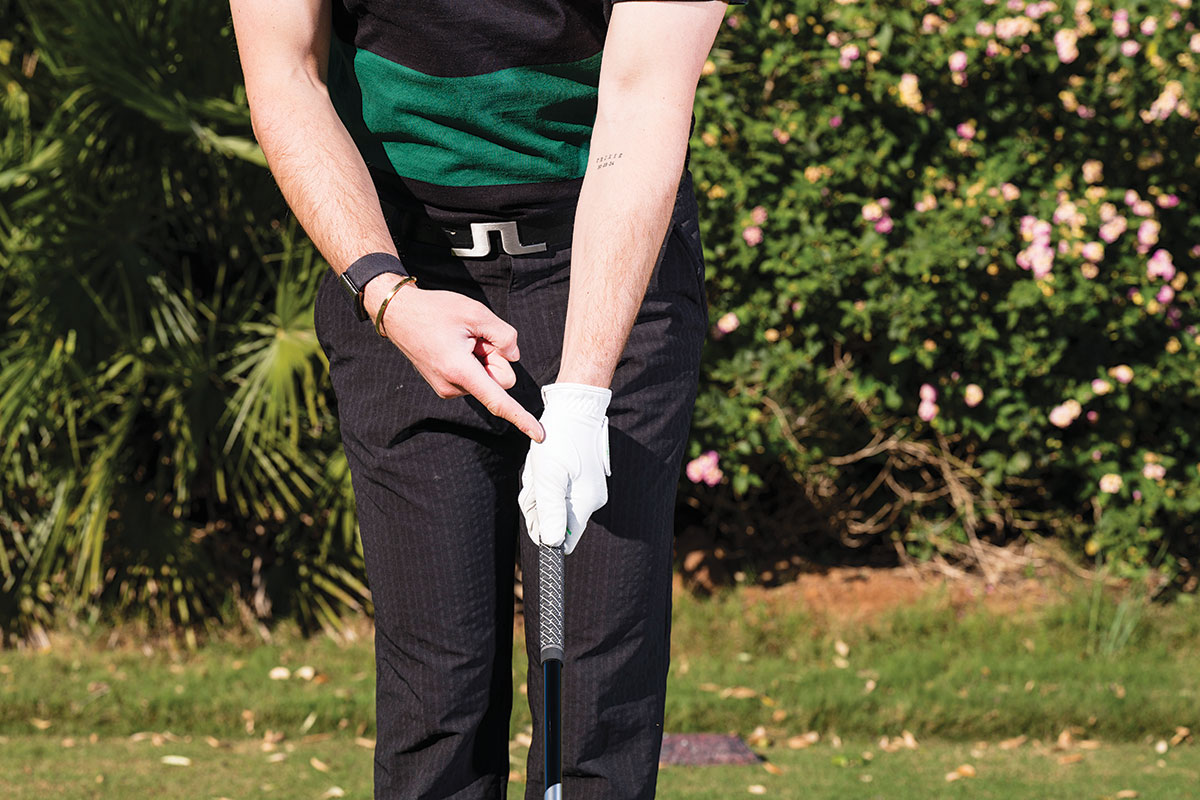
Headcover Drill
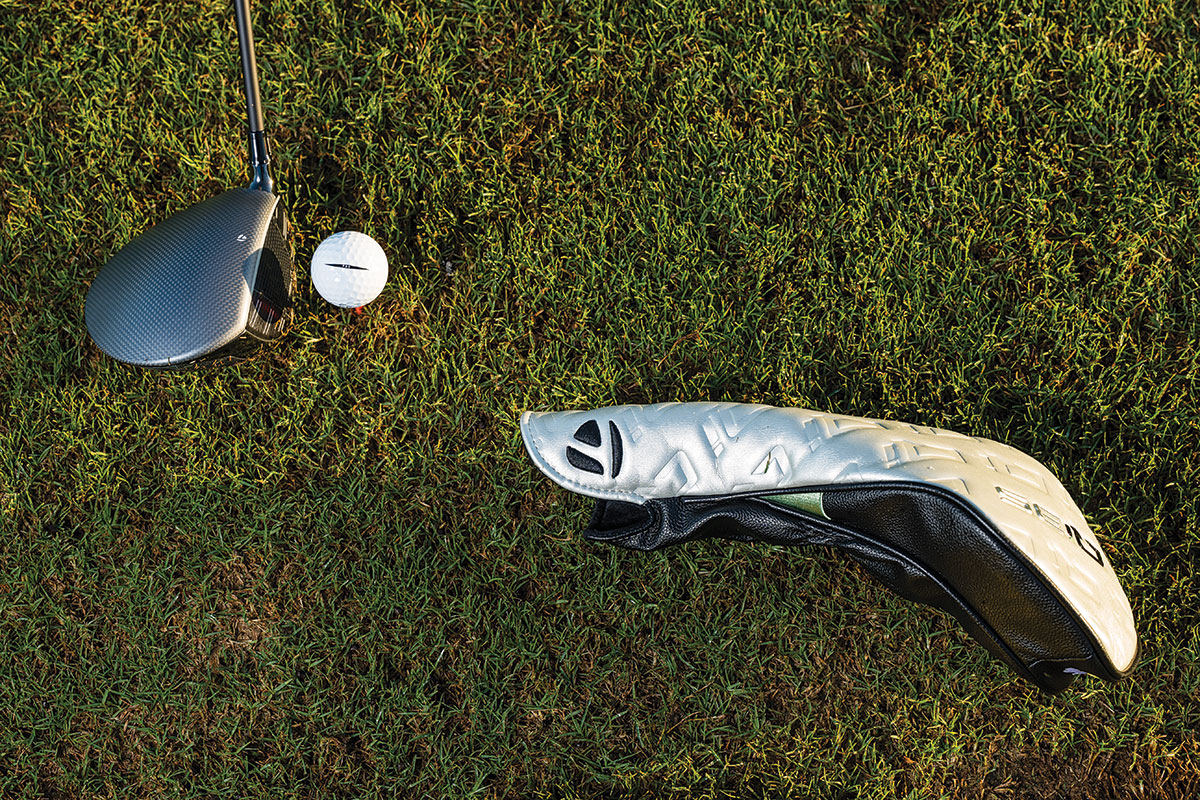
This is one the best ball striking drills if you are trying to hit a draw or a fade - and all you need is a golf club headcover.
If you want to hit a fade, place the headcover a clubhead in front of the ball and a clubhead outside the target line.
Do the opposite with the headcover for a draw, placing it on the ground around one clubhead in front of and inside the target line.
Swinging through impact without hitting the headcover will promote the correct swing paths for fades and draws respectively.

